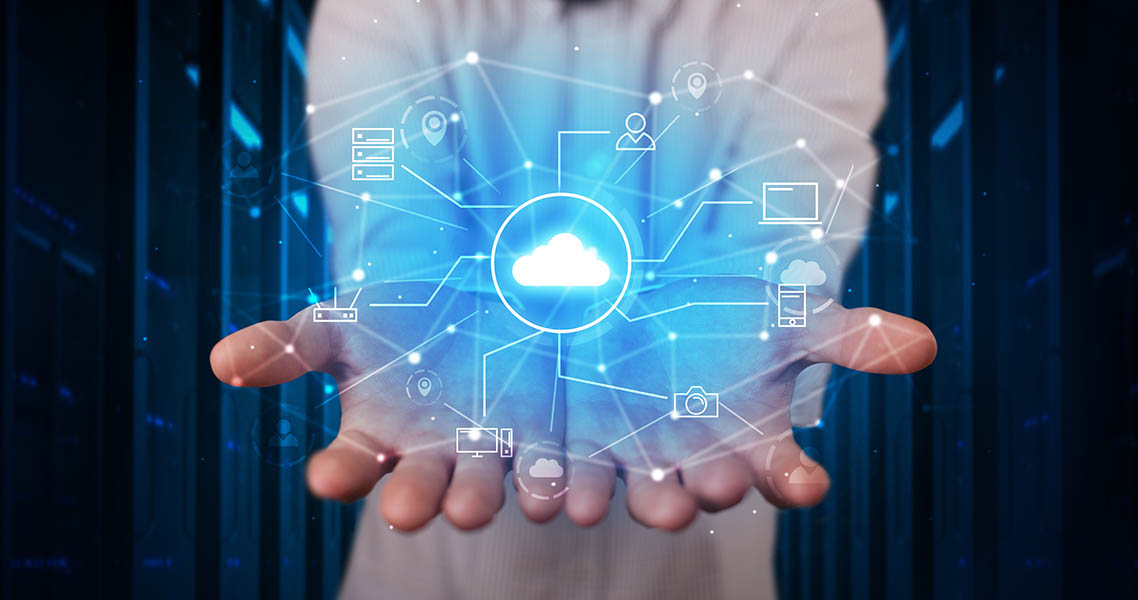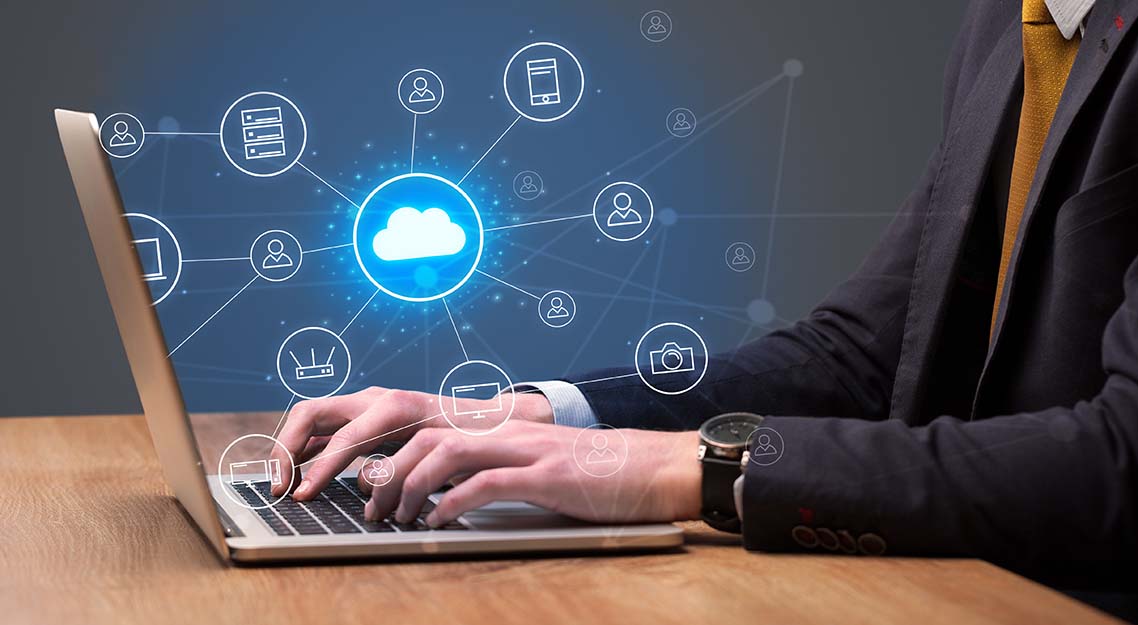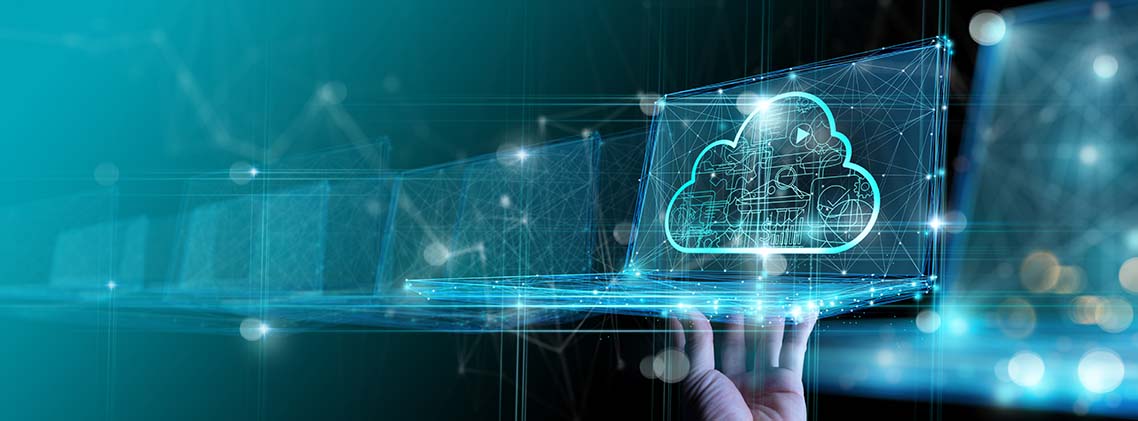Virtual cloud computing combines the benefits of virtualization with cloud computing, making for a powerful tandem that drives much of enterprise computing today. This article discusses virtual cloud computing in detail, including the differences between...
Organizations turn to hybrid cloud computing when their IT infrastructure requirements are best served with a combination of public and private clouds. And its a common approach — 64% of leading IT professionals report that...
Bring your own device (BYOD) isn’t a new phenomenon in a modern digital environment. However, the trend has become significantly more popular in recent years due to the increasing demand for remote and hybrid work...
Sysprep, which stands for system preparation, is a Microsoft tool that IT administrators can leverage to automate the deployment of Windows operating systems (OSs). IT teams can use this tool in virtualized environments to prepare Windows OS...
Parallels® RAS 19 is here! The new release builds on the features and innovations that have earned it a reputation as a top-rated pick for delivering secure access to virtual desktops and applications on any device, from...
Virtual desktop infrastructure (VDI) cloud services, or the Desktop as a Service (DaaS) in cloud computing, and cloud network services are giving businesses the means to deliver applications and data to end users regardless of...
The AWS (Amazon Web Services) Gateway Load Balancer provides load balancing benefits to third-party virtual appliances. At the same time, the service intends to make these third-party virtual appliances highly...
In a virtual desktop infrastructure (VDI), endpoint devices are used to access virtual desktops hosted in datacenters. Thin clients, or devices with minimal system configurations, are perfect under this setup since endpoint devices do not perform any...







